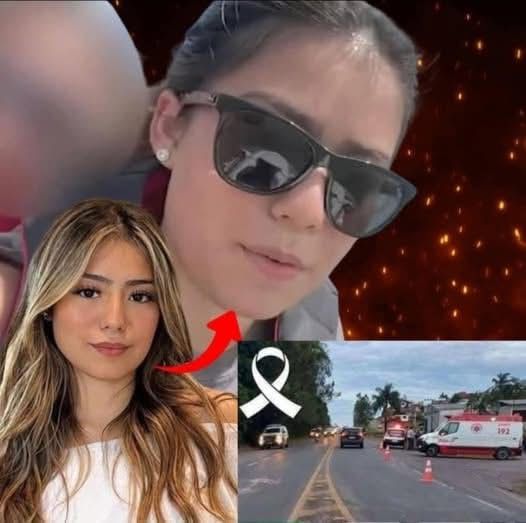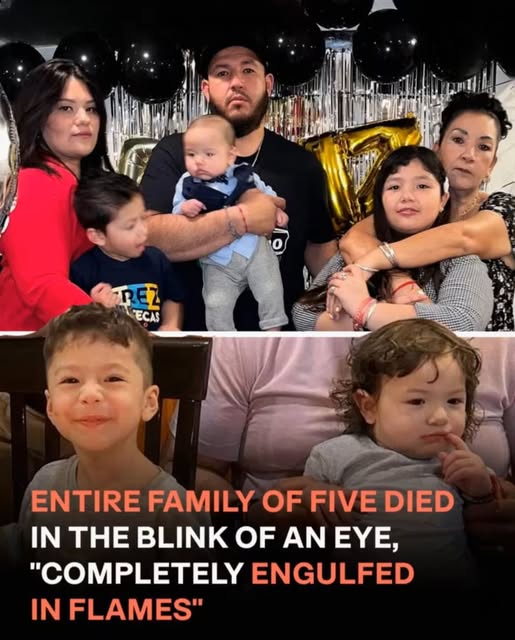A honeymoon turned into a homicide investigation in Shillong, India, after businessman Raja Raghuvanshi was found dead in a remote canyon days after arriving with his new wife, Sonam Raghuvanshi. What began as a missing-person alert quickly escalated into a case of alleged conspiracy, double-dealing, and a planned murder-for-hire. According to investigators, Sonam did not just witness a tragedy—she allegedly engineered it.
The Trip That Ended in Tragedy
On May 20, Raja and Sonam landed in Shillong, a hill station known for its waterfalls, winding roads, and quiet valleys. By the end of the week, Raja was missing. Search teams later discovered a decomposing body in a gorge. The victim had no identification, no wedding ring, and significant injuries consistent with a fall or push from height. The body was identified as Raja.
From Lover to Alleged Mastermind
Police first zeroed in on Raj Kushwaha, described as Sonam’s lover. Suspicion centered on his connection to Sonam and his movements around the time of Raja’s disappearance. But as digital evidence, call records, and statements were compiled, the narrative shifted. Investigators now allege Sonam planned the murder, using romantic promises and financial incentives to manipulate others into carrying it out.
Authorities say Sonam recruited three accomplices—Vishal Singh, Anand Kurmi, and Akash Rajput—with the promise of payment. The assignment was clear: track Raja, isolate him, and make sure he never returned from his honeymoon.
How the Plot Allegedly Unfolded
Investigators outline a straightforward but chilling sequence:
- Recon and tracking: Sonam allegedly monitored Raja’s location and relayed updates to the recruited attackers.
- Ambush window: The killing likely occurred between May 23 and May 24, when Raja was separated from his wife and less likely to be noticed by tourists or locals.
- Method: Raja was allegedly pushed into a gorge, a tactic that both ensured severe injuries and complicated immediate identification.
- Clean-up: Items that could quickly confirm his identity—especially his wedding ring and any ID—were reportedly removed.
These details matter because they speak to intent and premeditation, not a spontaneous act or an accident. The removal of identity markers, the timing, and the location point to planning, not panic.
The Indore Connection and a Second Alleged Plot
After the act, investigators say Raj Kushwaha returned to Indore, expecting to reunite with Sonam. He believed he had eliminated the obstacle to their relationship. Instead, he allegedly discovered another deception: Sonam was involved with a third man, and—according to police—she intended to have Raj eliminated as well. If true, it moves the case from a love triangle to a pattern: exploit, use, discard.
What Motivated the Crime?
The motive is not fully established in public reporting. Money, control, and conflicting relationships are the obvious possibilities. Police point to the promised payouts to the three alleged accomplices as a financial thread running through the case. The involvement of multiple men and the alleged plan to eliminate a second partner suggest the motive may extend beyond romance or jealousy.
Evidence the Case Will Likely Turn On
For prosecutors, a conspiracy case stands or falls on corroboration. Expect the following categories of evidence to be pivotal:
- Digital trails: Call logs, location pings, messaging app histories, and deleted data recovery.
- Financial records: Transfers, withdrawals, and promised payments to alleged accomplices.
- Forensics at the scene: Footprints, drag marks, any fibers or traces on rock ledges, and analysis of how far and in what posture Raja fell.
- Recovery of missing items: The wedding ring or identification documents, if found, could link a suspect’s possession to the scene.
- Statements and cross-accusations: Accomplice testimony is common in conspiracy cases; prosecutors will need it backed by independent proof.
Legal Exposure for Each Accused
If the allegations hold, potential charges may include murder, criminal conspiracy, and destruction of evidence. In many jurisdictions, a mastermind is treated as culpable as the person who delivers the fatal act. The three alleged accomplices face similar exposure if prosecutors can show agreed participation and overt acts—tracking, coordinating, luring, or physically pushing.
Why This Case Resonates
The “honeymoon murder” framing is not sensationalism. It captures the core betrayal: the safest, happiest phase of a marriage allegedly used as cover for a planned killing. The Shillong backdrop adds another layer—tourist settings mean fewer locals to notice out-of-place behavior, more transients, and rugged landscapes that can conceal crimes. That combination creates both opportunity for offenders and challenges for investigators.
Travel and Community Impact
Crimes like this unsettle communities and visitors. Shillong relies on tourism, and cases that dominate headlines can create a chilling effect. The practical takeaway isn’t fear—it’s basic safety discipline: share itineraries with trusted contacts, maintain independent communication access, and avoid isolated areas without a clear plan and company you trust. When traveling with anyone—spouse, friend, or group—mutual transparency around schedules and locations is common sense.
Limitations and What’s Unconfirmed
As with any fast-moving investigation, some details remain allegations, not adjudicated facts. The precise financial arrangements, the motive, and the sequence of communications will need to be proven in court. Timelines based on telecom and location data are powerful, but they must be authenticated and mapped against witness statements. Until a verdict, the accused are presumed innocent.


